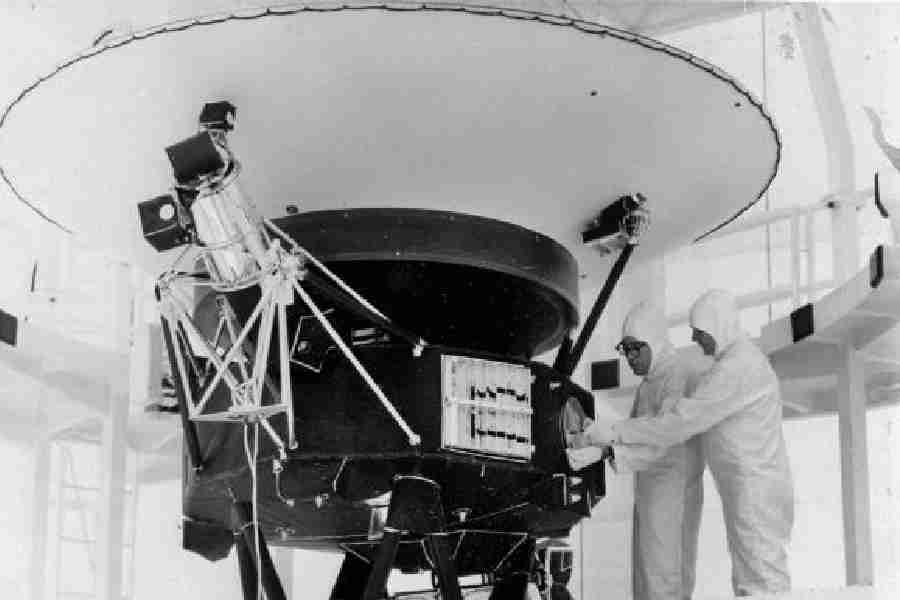It took an interstellar “shout” across the solar system. But Nasa’s Jet Propulsion Laboratory said on Friday that it re-established full communications with Voyager 2, an ageing probe exploring the outer edges of the solar system.
“After two weeks of not hearing anything, we’re back to getting unique data from the interstellar medium,” said Linda Spilker, a planetary scientist at the Jet Propulsion Laboratory and the lead mission scientist for Voyager 2.
The space agency lost contact with Voyager 2 on July 21 when the mission team accidentally sent a command that pushed the spacecraft’s antenna two degrees away from Earth. On Tuesday morning, officials from the Deep Space Network, a worldwide system of radio dishes Nasa uses to communicate with various space probes, detected a carrier signal known as a heartbeat from Voyager 2. It was too faint to extract any data, but enough to confirm that the mission was still operating.
Nonetheless, being able to pick up only the heartbeat “was upsetting and worrisome”, said Suzanne Dodd, the project manager for Voyager 2.
The mission team hatched a plan to send a command on Wednesday reorienting Voyager 2’s antenna back to Earth, using a Deep Space Network radio dish in Canberra, Australia. The chances of success were slim. It took 37 hours to know whether the attempt was successful — 18.5 hours for the signal to make it to Voyager 2, and another 18.5 for the data to return.
New York Times News Service











